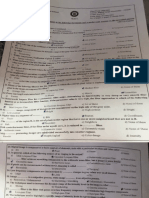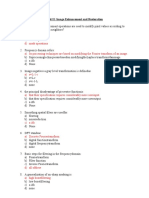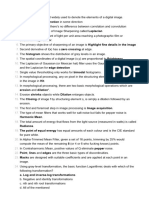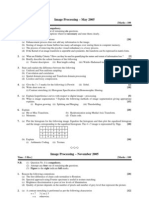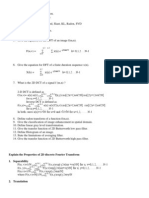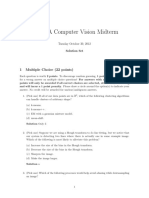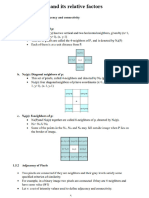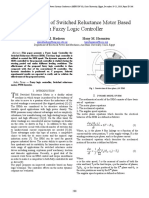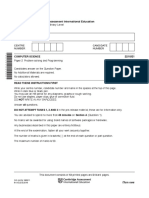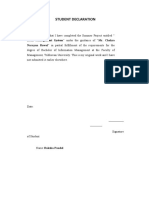0% found this document useful (0 votes)
147 views4 pagesMid Exam Image ف3 solution
The document contains a midterm exam for a digital image processing course. The exam contains 20 multiple choice and true/false questions covering topics such as noise reduction, filtering, edge detection, image sharpening, and more.
Uploaded by
YousefCopyright
© © All Rights Reserved
We take content rights seriously. If you suspect this is your content, claim it here.
Available Formats
Download as PDF, TXT or read online on Scribd
0% found this document useful (0 votes)
147 views4 pagesMid Exam Image ف3 solution
The document contains a midterm exam for a digital image processing course. The exam contains 20 multiple choice and true/false questions covering topics such as noise reduction, filtering, edge detection, image sharpening, and more.
Uploaded by
YousefCopyright
© © All Rights Reserved
We take content rights seriously. If you suspect this is your content, claim it here.
Available Formats
Download as PDF, TXT or read online on Scribd
/ 4














